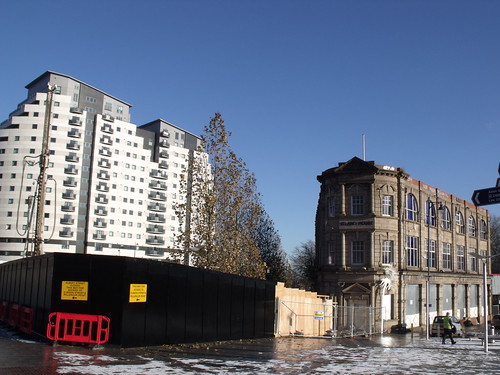Dennis Williams
Gone but not forgotten
More photos of old Pubs that some might remember...The Tamworth Arms was where the Outrigger was. The White Horse was Ansells and I was an M&B mild man, so don't remember it at all anyway.
Some interesting pictures from the inimitable Phyllis Nicklin collection showing the clearing of Moor St. The Phoenix in Park street can be clearly recognised..
And the corner of Moor Street and Albert Street...













